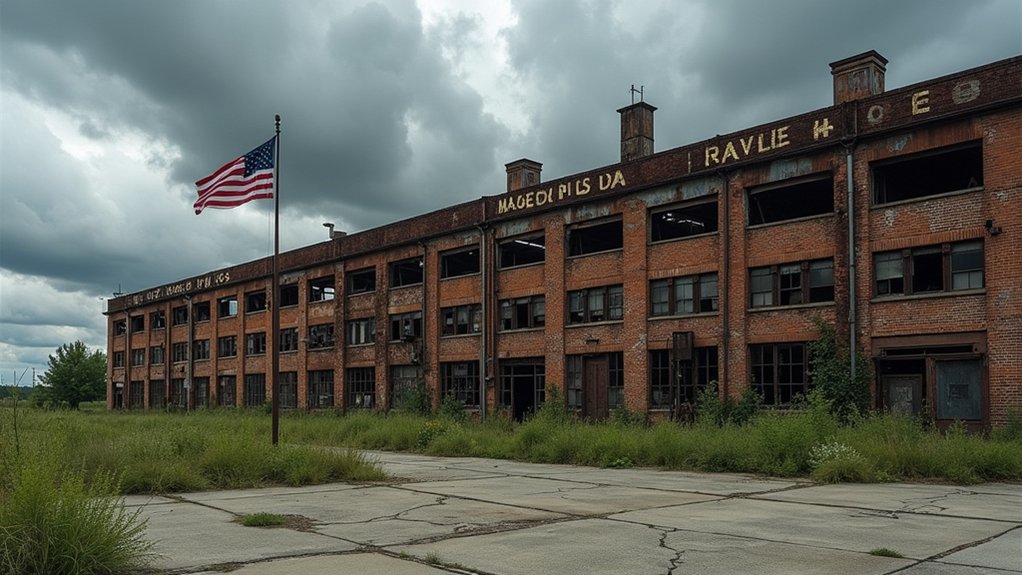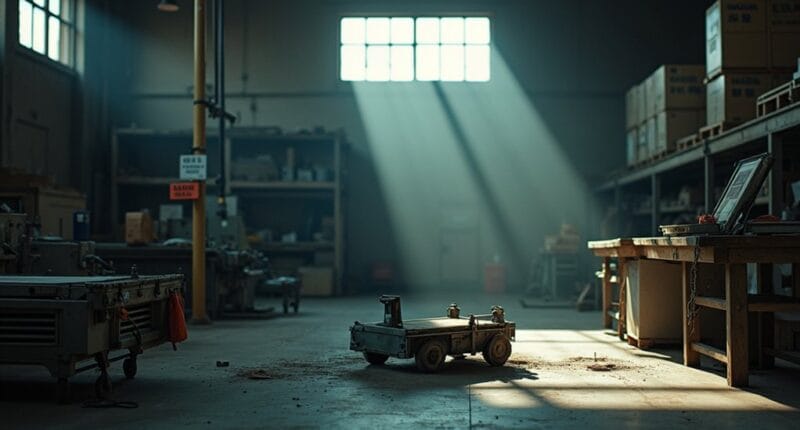Trump’s tariffs delivered a modest 2.3% boost to manufacturing output, but that’s nowhere near enough. The economy needs a whopping $2.9 trillion surge to truly revive American manufacturing. Instead, the tariffs are hitting consumers with skyrocketing prices – shoes up 40%, clothes up 31%. Nearly 600,000 jobs hang in the balance while middle-class families face $22,000 lifetime losses. And that’s just scratching the surface of this economic mess.

While Trump’s tariffs managed to boost overall manufacturing output by 2.3%, the victory lap may be premature. The harsh reality is that these trade restrictions now affect a staggering $2.3 trillion in U.S. goods imports – that’s 71% of everything we bring in. Sure, some factories are humming along, but at what cost?
Let’s get real about the numbers. These tariffs are projected to raise $2.8 trillion over the next decade, but here’s the kicker – they’ll actually lose $549 billion when you factor in their drag on the economy. Talk about shooting yourself in the foot.
A bold tariff plan promising $2.8 trillion in gains ends up costing us $549 billion through economic slowdown.
And speaking of feet, those new shoes you’ve been eyeing? They’re 40% more expensive now. Your clothes? Up 31%. Even long-term, we’re stuck paying 18% more for footwear and 15% more for apparel. Global supply chains have been severely disrupted, causing widespread shortages and increased consumer costs.
The broader economic picture isn’t pretty either. GDP growth will take a 0.8 percentage point hit by 2025, with long-term output shrinking by $160 billion annually. Middle-class families are looking at a $22,000 lifetime loss – enough to buy a decent car or put a kid through community college.
Nearly 600,000 jobs could vanish, and unemployment will tick up 0.4 percentage points. Over half of US imports are business inputs, making tariffs particularly harmful to manufacturing investment and growth.
Here’s the real gut punch: advanced manufacturing – you know, the future of American industry – is actually declining by 1.4%. Steel tariffs might sound great until you realize that for every steel-producing job, there are 80 jobs in industries that use steel. Do the math.
We’re basically robbing Peter to pay Paul, with manufacturing gains coming at the expense of construction (-3.7%) and agriculture (-0.9%).
The trade deficit? Still stubbornly high. Exports are down too, so all this economic pain isn’t even fixing the problem it was supposed to solve.
Manufacturing wasn’t exactly “devastated” before the tariffs – it was dealing with productivity issues since the Great Recession. Now we’re just shuffling deck chairs on the Titanic, and the iceberg is still dead ahead.





